Moles can be a beauty mark, or they can be something that you want to get rid of. If you have a mole that you don’t like the look of, or if you just want to change its appearance, you may be wondering if it’s possible to tattoo over a mole.
The answer is yes, you can tattoo over a mole. However, there are a few things to keep in mind before you decide to do so:
- First of all, it’s important to consult with a dermatologist or other medical professional to make sure that the mole is benign and won’t cause any problems if it’s removed or changed;
- Second, the mole will need to be removed before you can tattoo over it;
- Third, the area where the mole was located will need to be properly cleaned and disinfected before you start the tattooing process;
- In addition, you’ll need to find an experienced tattoo artist who knows how to work around moles;
In this blog post, we will discuss the pros and cons of tattooing over moles, and we will also give you some tips on how to prepare for the procedure.
Things You Need To Consider Before Getting Tattooed Over The Moles:
1) Are These Moles New?
If you’ve had the moles since birth, then you’re probably confusing them with birthmarks (a.k.a. beauty marks). In this case, feel free to get that tattoo! The same goes for moles that appeared during adolescence – as long as they haven’t changed in size or shape since then – assuming of course that you’re not currently in your late teens or early twenties [1].
It’s the adult-appearing moles you need to be more cautious about. There isn’t much to be concerned about in general, since mole development increases as we get older and are exposed to enough sunlight. For some persons, however, an increase in moles with age is simply hereditary and unavoidable.
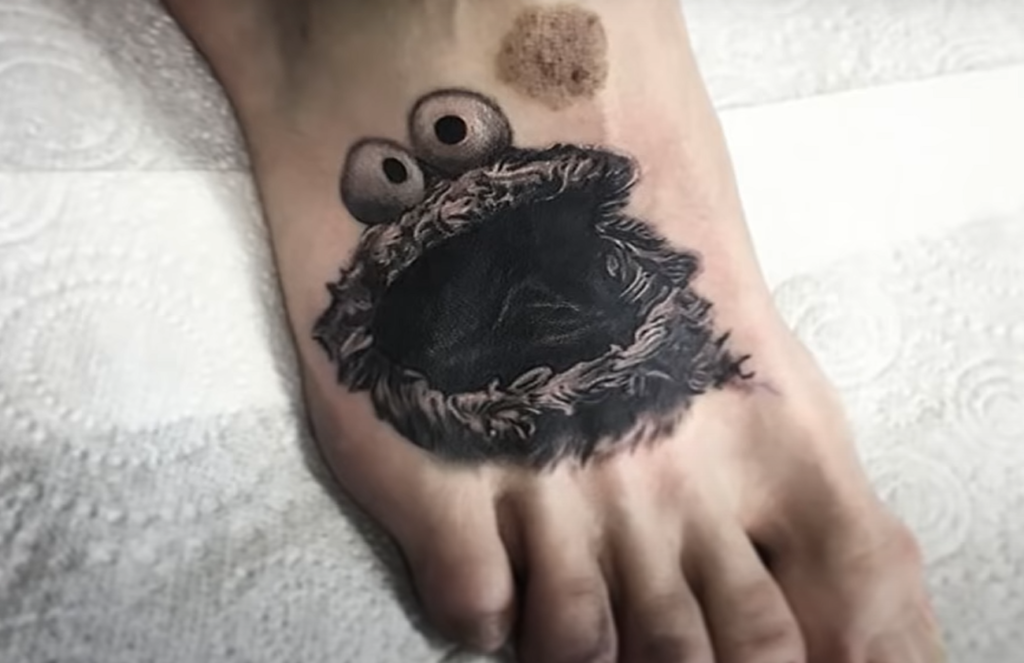
However, the cause that we state to be more mindful of these ones, is that while likely benign, you want to be able to monitor them for significant growth and change in shape or color. If there is a change, you will need to see a physician and/or dermatologist as soon as possible so they can confirm if treatment is needed or not.
2) Get Clearance From Your Doc Or Dermatologist
If you have any concerns about the moles on your body, we strongly advise that you get a professional opinion before deciding to tattoo over them. The last thing anyone wants is to cover up an early melanoma (skin cancer) with a tattoo and not be able to catch it early enough for treatment.
You should also take into account that some medical procedures – such as MRIs – can’t be done if you have tattoos in the area required for imaging. So if there’s even a small chance that you’ll need an MRI in the future, you might want to avoid getting tattoos in those areas altogether.
3) Working Them Into The Tattoo Design
If you’re set on getting a tattoo over your mole, then the next thing to consider is how to work it into the design. One option is to use the mole as part of the tattoo design, like making it the nose of an animal or character.
Another option is to get creative with color and shading to make sure the mole doesn’t stick out like a sore thumb. And lastly, you can also talk to your tattoo artist about ways to incorporate the mole into an existing tattoo design that you already have.
Whichever route you decide to go, just make sure you’re comfortable with it and that you trust your tattoo artist to do a good job. If not, then it’s probably not worth going through with it.
Why Your Tattoo Artist Won’t Tattoo Over Your Mole:
Masking A Health Indicator
The most common reason an artist will refuse to tattoo over a mole is that keeping track of your moles is critical for your skin’s health. If you tattoo over a mole, it becomes difficult to detect changes in shape, size, or color because it is hidden [2].
In some cases, your tattoo artist may be willing to tattoo over a mole if it is small and you can provide documentation from a doctor that it is benign. Some artists will also consider tattooing over a mole if it can be covered with another design element in the tattoo.
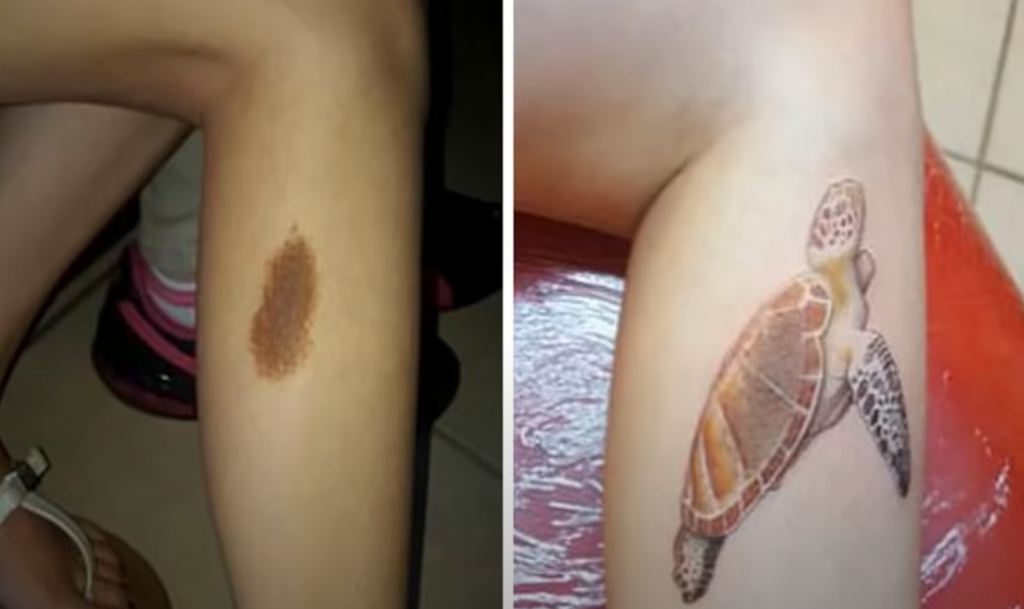
However, these are rare exceptions and most artists would still prefer not to work with moles. If you have a mole you want to cover up with a tattoo, your best bet is to consult with several different artists until you find one who is willing to make an exception in your case. Remember, though, that your health should always come first!
Legal Restrictions in Some States
In some states, it is against the law for a tattoo artist to tattoo over a mole. This is because moles can be an indicator of skin cancer, and by camouflaging them with a tattoo, you could be putting your health at risk.
If you live in one of these states, your only option for covering up a mole with a tattoo is to have it surgically removed first. Check with your local laws before scheduling a consultation with a tattoo artist to avoid any legal complications.
Getting The Color Right
Another reason your tattoo artist may refuse to tattoo over a mole is that it can be difficult to get the color right. Moles usually have a different pigment than the surrounding skin, so they can absorb tattoo ink differently.
This can cause the mole to appear darker or lighter than the rest of the tattoo, which can ruin the overall look of the design. If your tattoo artist does agree to cover up a mole, they may charge you an additional fee to compensate for the extra work involved.
Excessive Bleeding
It can also increase your risk of infection, so your tattoo artist may refuse to work with you if they feel like they can’t do so safely.
Hazards of Surgical Removal
While some tattoo artists may be willing to work with you if you have a mole surgically removed, others may not. This is because there are certain risks associated with the surgery, such as infection and scarring.
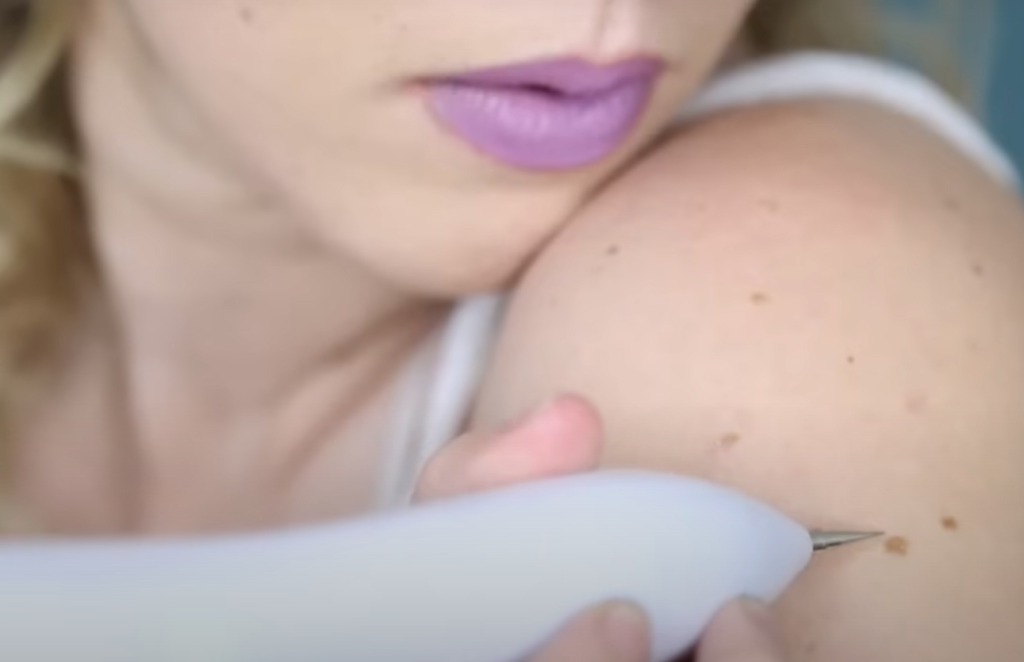
If your tattoo artist does agree to cover up a mole after it has been removed, they will likely charge you an additional fee. Be sure to ask about this before scheduling your consultation.
In conclusion, there are several reasons why your tattoo artist may not be willing to tattoo over a mole. The most important reason is that moles can be an indicator of skin cancer, so camouflaging them with a tattoo could put your health at risk.
What Can You Do If You Still Want A Mole-Covering Tattoo?
The good news is that there are a few things you can do to improve your chances of getting the tattoo you want [3]:
- First, talk to your artist about your concerns. They may be able to work with you to create a custom design that will better cover your mole;
- Second, consider getting a smaller tattoo. A smaller tattoo will be less likely to cause problems and will be easier to cover if it does not heal properly;
- Finally, remember that tattoos are permanent and should be considered carefully before making any decisions;
FAQ:
- Can you tattoo over a freckle?
Some people may be self-conscious about their freckles and want to conceal them. Is it possible to tattoo over a freckle? The answer is determined by the sort of freckle and the color of ink being used. It’s more difficult to tattoo over a raised blemish. If the ink is darker than the color of the blemish, it may not be possible to totally conceal it.
If the ink is darker than the color of the freckle, it will be more likely that the tattoo can cover it. It’s advisable to consult with a professional tattoo artist to get their opinion on whether a particular freckle can be successfully covered with a tattoo.
There are a few things to keep in mind if you’re considering tattooing over a freckle [4]:
- First, the ink will likely be more visible on fair skin;
- Second, it’s important to choose an experienced tattoo artist who can create a design that will effectively cover the freckle;
- Finally, be prepared for the possibility that the tattoo may not completely conceal the blemish;
- Can you tattoo over birthmarks?
The answer to this question depends on the type of birthmark you have. If you have a simple mole, then it is likely that you can tattoo over it without any problems. However, if you have a more complex birthmark, such as a port-wine stain, then it is best to consult with a tattoo artist before getting inked.
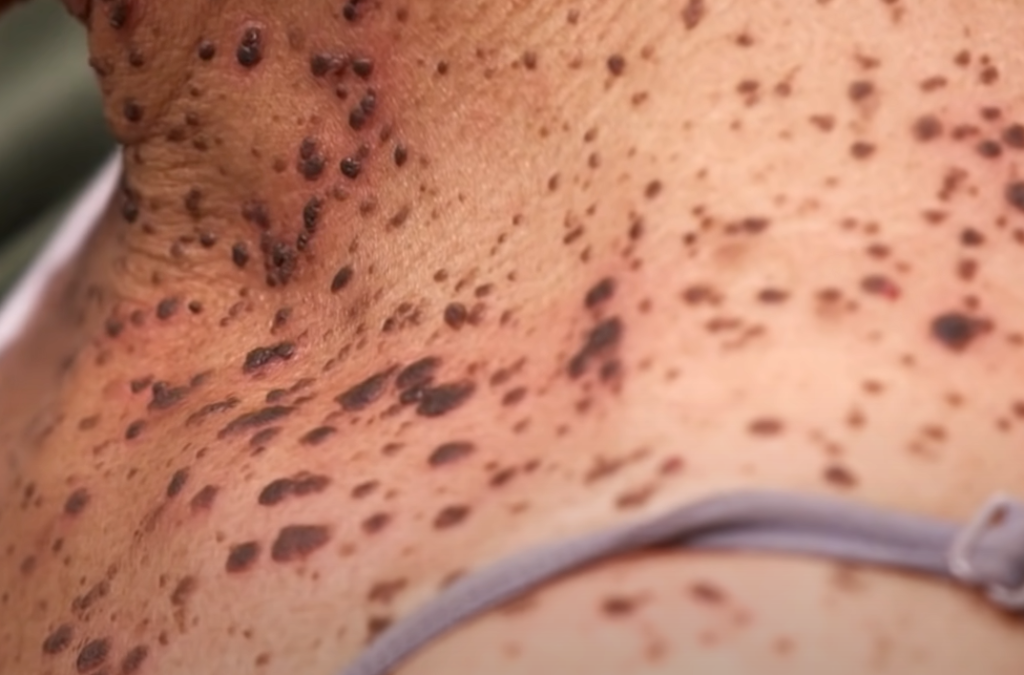
- Can you tattoo over an age spot?
The answer is maybe. It all depends on the size, location, and colors of the age spots. If the age spot is small, has light coloration, and is located in an area that can be easily covered by the tattoo, then it is likely that the tattoo artist will be able to work around it.
However, if the age spot is large, has dark coloration, or is located in an area that would be difficult to cover with a tattoo, then it is unlikely that the tattoo artist will be able to cover it. In these cases, it is best to consult with a dermatologist to see if there are any other options for treatment.
Age spots are common among adults over the age of 50. They are usually harmless and do not require treatment. However, some people may choose to treat them for cosmetic reasons. Treatment options include laser therapy, cryotherapy, and topical creams.
- How much do freckle tattoos cost?
The average cost of tattooed freckles is about 0, although the price varies widely depending on how many freckles you have. If you want to have many freckles tattooed, it could cost up to 0 [5].
Tattooing over moles is possible, but it can be tricky. The biggest concern with tattooing over a mole is that the ink could cause the mole to become irritated or even infected. If you’re considering tattooing over a mole, be sure to talk to your dermatologist or tattoo artist first.
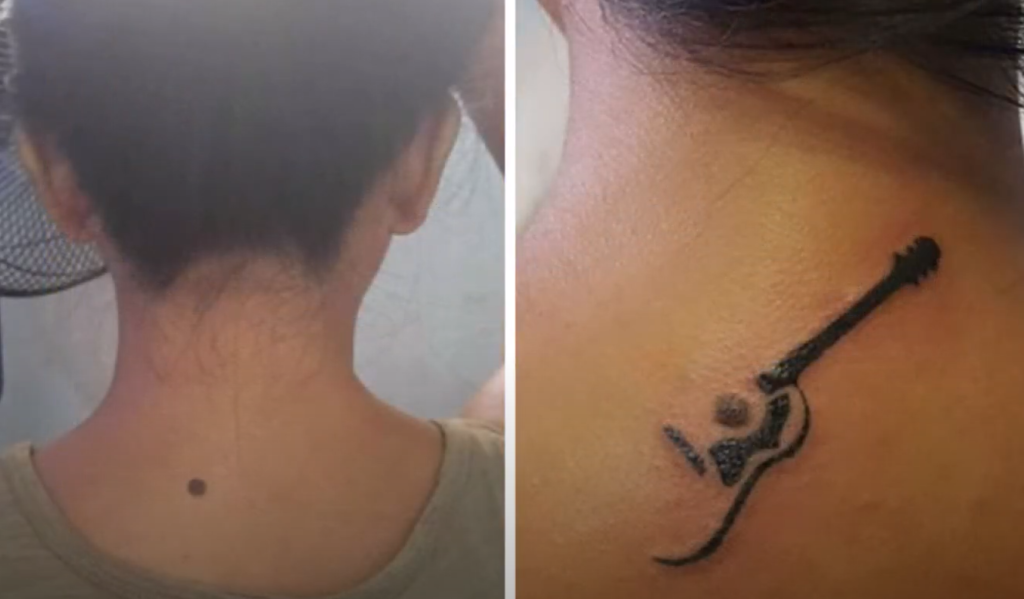
- What happens if you tattoo over your hair?
If you shave the area before your tattoo, the hair will grow back in with the color of the ink. If you don’t shave, the hair will show through and may affect how your tattoo looks.
A tattoo over the hair is possible, but it’s not advised. This is due to the fact that hair may obstruct the needle and prevent some regions from receiving ink deep enough into the skin. Shaving the region also allows for improved stencil application since it is smoother [6].
- Should I remove a mole before a tattoo?
No. There’s no need to remove a mole before getting a tattoo. In fact, doing so could cause more harm than good. Moles are usually nothing to worry about, but, in some rare cases, they can be cancerous. If you have a mole that changes in size, shape, color, or texture, it’s important to get it checked out by a doctor. Other than that, there’s no need to remove a mole before getting a tattoo.
- Can you tattoo a mole lighter?
Moles can be any color, including flesh-toned, black, brown, red, or blue. If your mole is on the lighter side, you may want to consider lighter tattoo ink. This will help to camouflage the mole and make it less noticeable. You should also avoid dark inks, as they will only accentuate the mole [7].
- What do scars look like after mole removal?
Most people who have moles removed will have a small scar at the site of the mole. The size of the scar depends on the size and depth of the mole. If the mole was large or deep, the scar may be larger. You can usually expect your scar to heal within a few weeks to a few months.
If you have a mole removed, it’s important to keep an eye on the area for any changes. If you see any new growths or changes in color, shape, or size, be sure to contact your doctor right away. It’s also important to avoid picking at or scratching your scars. This can cause them to become irritated and delay healing.
- Can you tattoo over a pimple?
Avoid tattooing over an acne breakout. It disrupts the surface of your skin, making it harder for the artist to create a great tattoo, and can also spread bacteria or worsen existing breakouts. If you’re set on tattooing over a blemish, wait until it heals completely [8].
- Can tattoos cover brown spots?
If you’re looking to cover up a brown spot with a tattoo, the short answer is yes. Tattoos can absolutely cover brown spots on the skin. In fact, many people choose to get tattoos specifically to cover up unwanted blemishes.
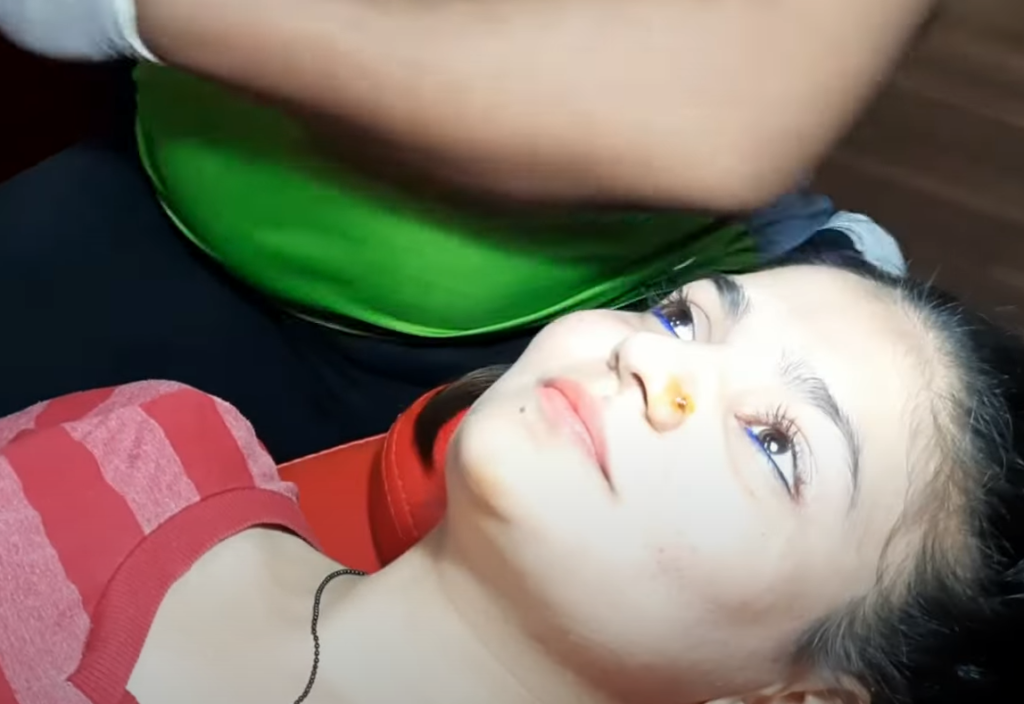
However, it’s important to keep in mind that not all tattoos are created equal. If you’re working with a talented and experienced tattoo artist, they should be able to create a design that completely covers your brown spot. However, if you’re working with a less experienced artist or one who isn’t particularly skilled at covering up blemishes, you may end up with a tattoo that only partially covers your brown spot.
- How do you make moles less noticeable?
Moles can be less noticeable by tattooing over them. This will make the mole blend in with the surrounding skin and not be as visible.
There are a few things to consider before getting a tattoo over a mole:
- The first is the size of the mole. If the mole is too large, it may be difficult to completely cover it with a tattoo;
- The second is the location of the mole. A mole on your face or neck may be more difficult to cover with a tattoo than one on your arm or leg;
- The third is the color of your skin. If you have darker skin, you may want to choose a darker ink for your tattoo so that it will blend in better;
You should also consult with a dermatologist or tattoo artist to make sure that the mole is not cancerous or precancerous.
- How do you cover up a black mole?
- First, the color of your ink will play a big role in how well it covers the mole. Black ink will obviously give the best coverage, but other dark colors like blue or green can work well too. If you’re set on using a lighter color, it’s possible to do so, but know that it will take more work and multiple sessions to get good results;
- Second, the size of the tattoo should be larger than the mole itself. This will help ensure that all of the pigment goes into your skin and does not just sit on top of the mole;
- Third, the tattoo artist will need to create a stencil for the tattoo that completely covers the mole. This is important because it ensures that the design is symmetrical and looks good once it’s completed;
- Lastly, make sure you trust your tattoo artist and feel comfortable with them before moving forward. This is a delicate area of the body and you want to make sure you’re in good hands;
- How long do tattooed freckles last?
Freckle tattoos are not that different from regular tattoos. The ink is deposited below the skin just like any other tattoo, and they can last up to 10 years with most people needing touch-ups after 12 months. Just know that immediately after getting a freckle tattoo, expect the freckles to appear darker and raised along with some redness in the area [9].
- Can you Microblade over a mole?
If you have moles or raised scars in the brow area, micro-blading will not be possible. If the scar is not raised, there is a chance that micro-blading can still happen, but we can’t promise the pigment will take. If you are looking to cover up a mole with a tattoo, it is possible [10].
We would need to consult with you first to see the size and location of the mole. Moles can be tricky because they can contain higher levels of melanin. This can make it difficult for the ink to penetrate evenly into the skin which could result in an uneven tattoo. If you are set on getting a tattoo over your mole, we recommend finding a reputable artist who has experience in this area.
- Where do tattoos fade the most?
Tattoos will always fade over time. However, they will fade more quickly in places where there is a lot of sun exposure or where the skin rubs against clothing. The ink may also fade if you don’t take care of your tattoo properly.
If you’re thinking about getting a tattoo, it’s important to consider where you want it placed. If you’re worried about the tattoo fading, you might want to avoid putting it in a place that gets a lot of suns or that rubs against your clothes. You should also make sure to take care of your tattoo so that it doesn’t fade too quickly.
- What is the difference between a beauty mark and a mole?
Moles are raised, pigmented lesions that often grow larger throughout someone’s childhood. Beauty marks (a.k.a freckles) on the other hand, are simply extra skin cells that have been darkened by exposure to sunlight [11].
Useful Video: Can You Tattoo Over Moles (Dangers Explained)
References:
- https://adrenalinestudios.com/can-you-tattoo-over-moles/
- https://tattify.com/can-you-tattoo-over-moles/
- https://www.groenerekenkamer.com/can-you-tattoo-over-a-mole/
- https://authoritytattoo.com/can-you-tattoo-over-freckles
- https://www.pmuhub.com/freckle-tattoos/cost/
- https://inkedandfaded.com/what-happens-if-you-tattoo-over-hair
- https://www.medicinenet.com/how_to_get_rid_of_moles/ask.htm
- https://adrenalinestudios.com/can-you-tattoo-over-acne
- https://www.mycosmetictattoo.com.au/freckle-tattoos
- https://www.thelashandbrowgal.com/microblading
- https://www.thelist.com/619208/beauty-mark-vs-mole-whats-the-difference/


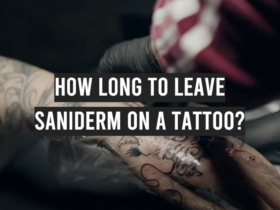
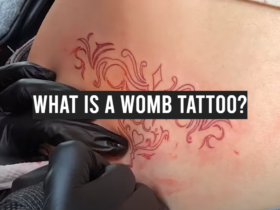

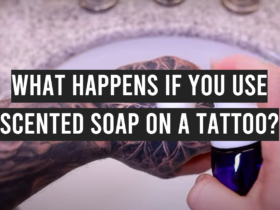
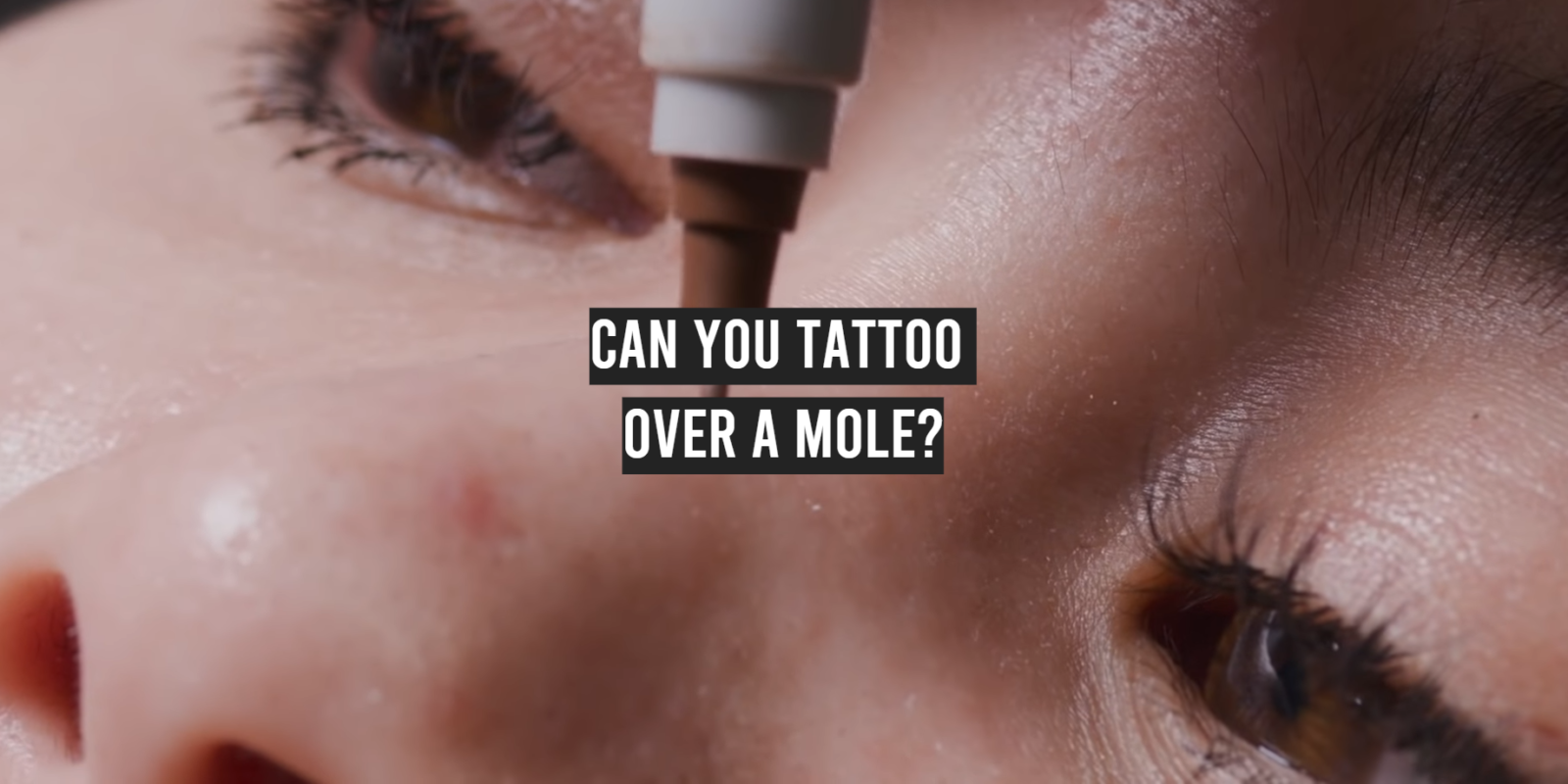

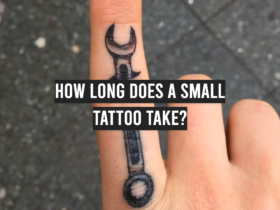


Leave a Review